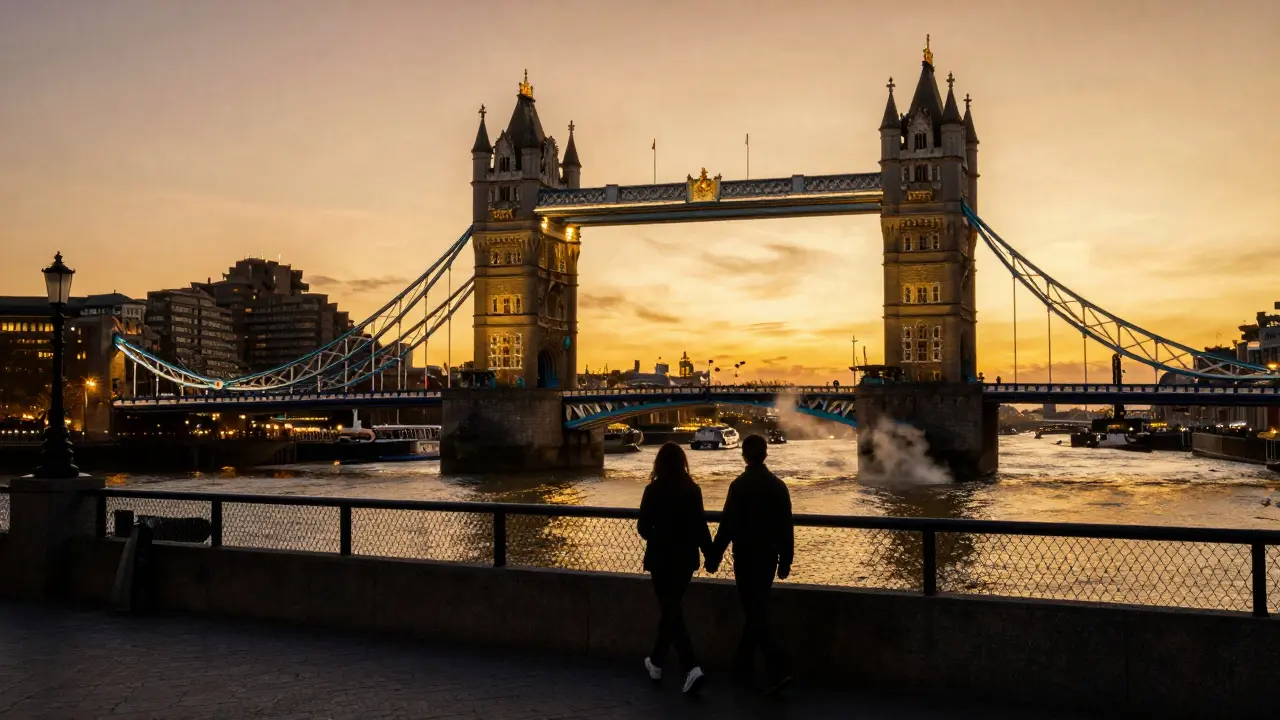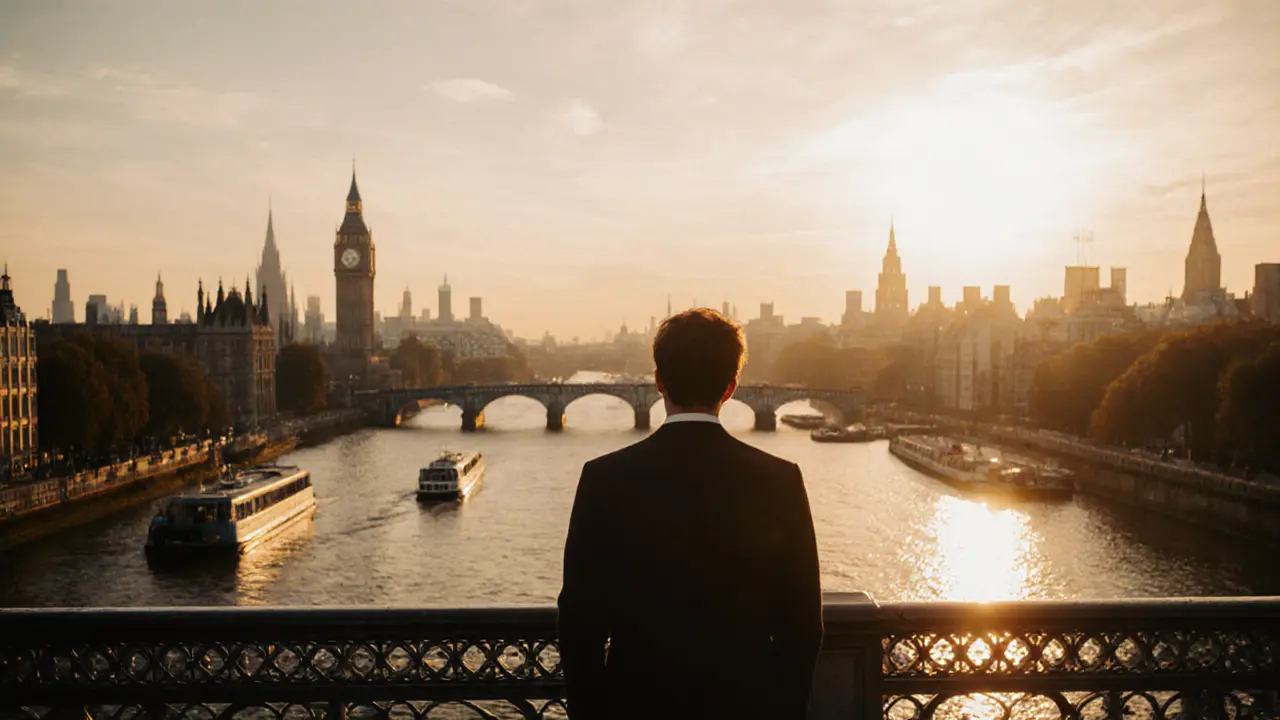Thames Bridges: London’s Iconic Crossings and What They Reveal About the City
When you think of Thames Bridges, the vital structures spanning the River Thames in London that connect neighborhoods, support transport, and define the city’s skyline. Also known as River Thames crossings, these bridges aren’t just concrete and steel—they’re living parts of London’s rhythm, shaping how people move, work, and experience the city. From the towering Gothic spires of Tower Bridge to the no-nonsense practicality of London Bridge, each one tells a story about who built it, why, and how life changed after it opened.
These bridges don’t just carry cars and pedestrians—they carry history. Tower Bridge, the most photographed bridge in London, with its iconic lifting mechanism and Victorian engineering. Also known as London’s drawbridge, it was built to let tall ships pass while keeping road traffic flowing—a clever fix for a growing port city. Then there’s London Bridge, the oldest crossing point on the Thames, rebuilt over centuries and now a functional, no-frills link between the City and Southwark. Also known as the original London crossing, it’s the one people forget until they’re standing on it, wondering why it doesn’t look like the postcards. And let’s not skip Westminster Bridge, the green-painted span offering the best views of Big Ben and the Houses of Parliament, often packed with tourists and locals alike. Also known as the Parliament bridge, it’s where photographers wait for sunset and where commuters rush past without looking up. Each one serves a different purpose, draws a different crowd, and reflects a different era of London’s growth.
What you’ll find in the posts below isn’t a list of bridge facts—it’s how these structures show up in everyday life. You’ll read about hotels near Tower Bridge that turn crossing it into part of the morning ritual. You’ll see how the London Transport Museum ties bridge history to the Tube’s expansion. You’ll even find guides on where to eat with a view of the Thames, and how a hot air balloon ride lets you see all of them at once. This isn’t just about architecture. It’s about how Londoners live, move, and pause—right on top of the water.
- Elara Markham
- December 6, 2025
- Comments 0
Architectural Marvels: London's Lifestyle Bridges Worth Visiting
- Tabitha Greenwood
- December 4, 2025
- Comments 0
Lifestyle Bridges in London: How These Iconic Crossings Shape Daily Life
- Tabitha Greenwood
- November 29, 2025
- Comments 0
A Local’s Perspective on Lifestyle Bridges in London
- Colton Whitlock
- October 31, 2025
- Comments 0


